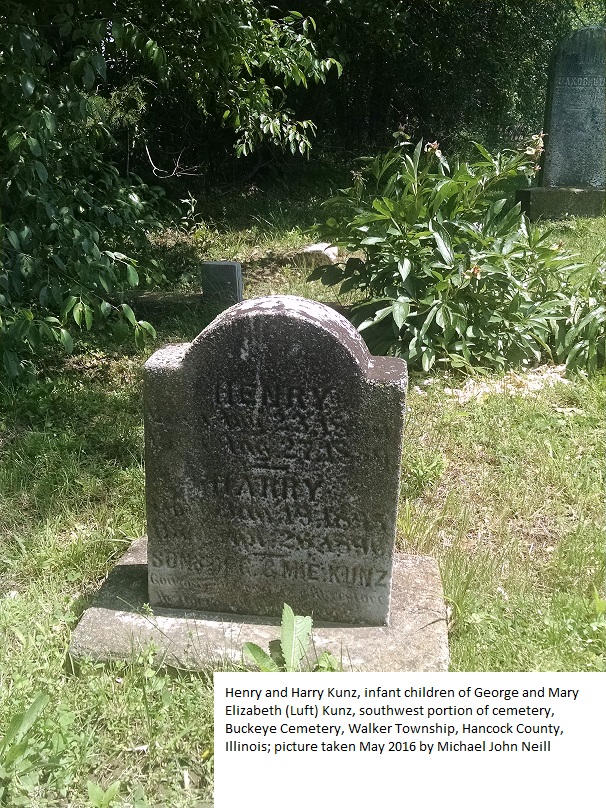 I wish I had transcribed these stones when I was actually in the cemetery taking the pictures.
I wish I had transcribed these stones when I was actually in the cemetery taking the pictures.
I took dozens of pictures in cemetery run in May of 2016. Most of the stones were legible and reading them was not an issue. This is one that was difficult to read. I wish I had made a transcription of the stone while I was at the cemetery. Not for every stone, but for those that were difficult to read. Sometimes pictures of stones are easier to read. Occasionally they are not.
I could have easily handwritten a transcription on a piece of paper and taken a picture of that transcription so I had an image of it along with the picture of the stone.
Next time I’ll transcribe any stone that I think may be difficult to read when I’m reviewing the picture later.
Genealogy Tip of the Day is sponsored by GenealogyBank. Check out their current offer for new subscribers.







15 Responses
What program do you use to add the description to the photo?
I use Paint and Irfanview. Paint used to come free with Windows. Ifranview is a free download.
Irfanview is a great program, and has been my go-to for years. Thanx for the suggestion about transcribing on-site.
Paint is still free (in accessory programs) as of Windows 10. I use it all the time for cropping images & adding captions or descriptive information.
I understand what u mean.
Here’s a link to info that list several approaches as to what to do/not to do when reading old markers.
http://cemeteryconservatorsunitedstandards.org/
I use D2 solution and water….to transcribe on sight….works awesomely…
Take a look at the Facebook page for The Good Cemeterian. This person cleans up the grave markers of veterans and does a fabulous job! Once that is done the markers are very legible.
I have run across this problem from time to time but I usually carried a pocket memo pad to transcribe the picture. Unfortunately some of the ones I should have transcribed I didn’t so I had to blow the picture way up to try to read it.
In 1972 Peoria County Genealogy Society read cemeteries and recording them. They are available in the Peoria Public Library or on the website for members. What’s interesting and applicable is that their readings helped me in 2017! Some stones were so damaged now, but then were readable. What a gift those volunteers gave for future generations.
That’s a good reminder. People should always check for “old” transcriptions in case stones have deteriorated or become illegible between the original transcription date and the time the researcher needs the information.
Or you could record yourself reading it to save time.
I like your idea of recording it. Better yet video record so you know you have the correct stone!
Transcribe it or take a picture, preferably both. Many years ago I transcribed a tombstone but did not take a picture. A few years later I went back to take the picture and the stone was gone. It was on the end of a row and I believe it may have fell over and they did not know where to put it back. I searched all over the cemetery but never found it? At least I had what I had written down.
I use the GIMP for photo editing. I have inverted the color of the photo, adjusted contrast and used “high light colors” to bring out writing in tombstones.